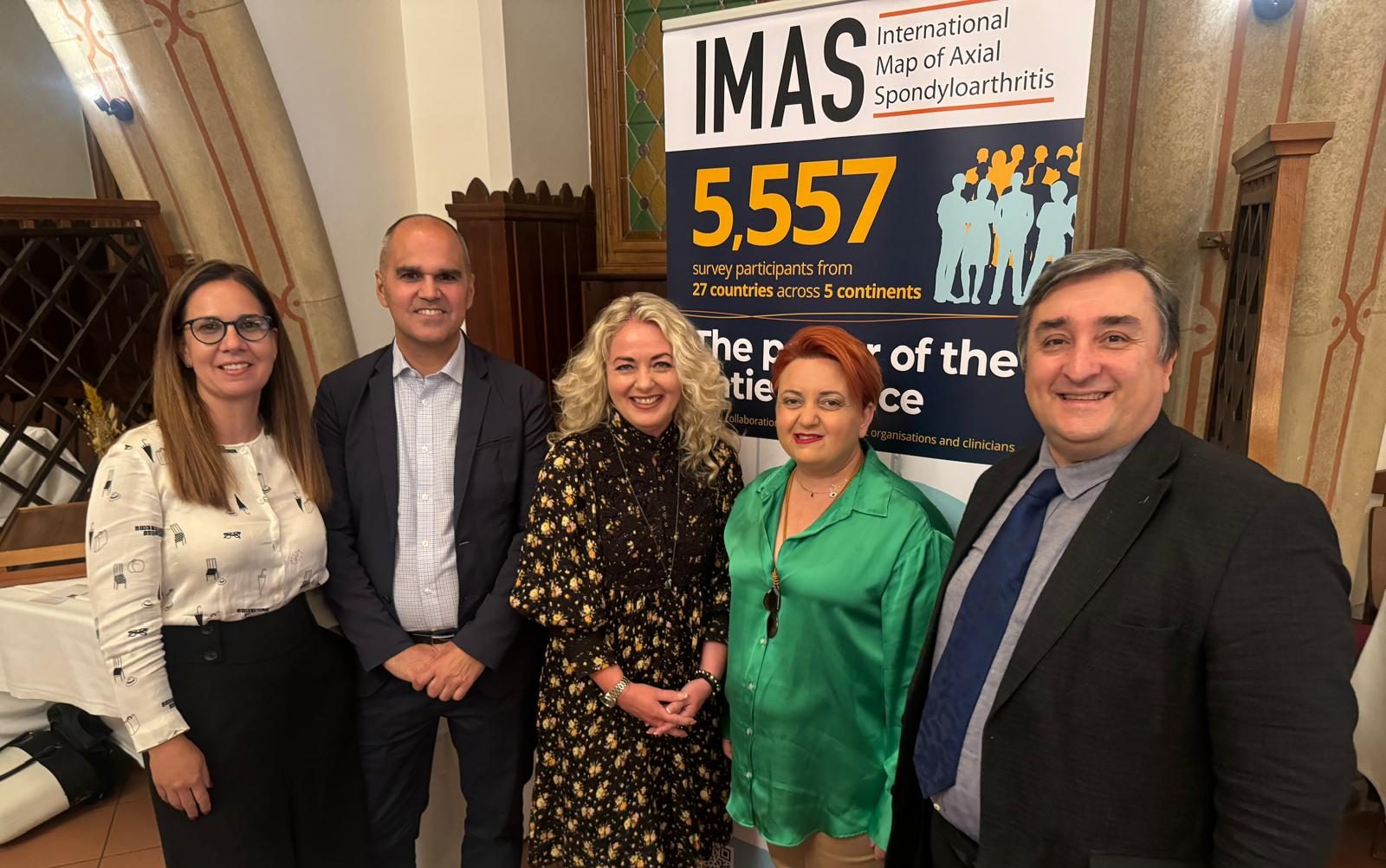ASAS Annual Meeting – Report

ASAS Annual Meeting – Report
Patient representatives from ASIF were invited to attend the ASAS (Assessment of Spondyloarthritis International Society) Annual Meeting, held virtually on 13-15 January, 2022.
ASAS brings together international experts in the field of spondyloarthritis to support and promote the study of axial and peripheral spondyloarthritis, with a mission to increase awareness and early diagnosis of the disease, the development and validation of assessment tools, and the evaluation of treatment modalities in order to promote clinical research with the ultimate goal to improve outcome of the disease.
The annual meeting, in addition to such usual activities as addressing fellowships and grants, membership and news, is a workshop to review current research projects and decide on future courses of action. The big workshop topics this year were Classification Performance, the SPEAR project and the ASAS Core Set.
There was also a review of ongoing studies and projects. These were:
Y-ASAS, or Young ASAS, an initiative started in 2017 to involve younger (under age 45) members in ASAS and its projects.
CLASSIC (Classification of Axial Spondyloarthritis Inception Cohort) project which aims to test or validate the performance of the current ASAS classification criteria in a prospective cohort of patients.
AXIS, a joint project with GRAPPA (Group for Research and Assessment of Psoriasis and Psoriatic Arthritis) to study axSpA in PsA patients and to develop classification criteria and a unified nomenclature for axial involvement in PsA that would allow defining a homogeneous subgroup of patients for research. The project is recruiting 400 patients in 20 countries.
MRImagine, a project that aimed to investigate inter-reader reliability, the extent of detection of lesions, and frequency of cases with a positive MRI for structural lesions when using an “all slice” approach versus the SPARCC scoring of 5 central slices.
Imaging Reporting, a project to develop recommendations for the standardization of communication around imaging for diagnosing and assessing axSpA in clinical practice.
The workshop on SPEAR (a definition of early axSpA project) was to assess how to continue with work on a definition of early axial spondyloarthritis for research purposes. The objectives of the project are to:
First, identify all possible definitions employed in the literature for “early SpA”, including “early axSpA” and “early pSpA”.
Second, to summarize the evidence on the relationship between symptom duration or the presence of radiographic damage and clinical response in patients with axSpA treated with NSAIDs, bDMARDs or tsDMARDs.
Third, to summarize the evidence on the relationship between symptom duration or the presence of radiographic damage and burden of disease at the moment of diagnosis in b/ts/dMARD-naïve patients.
The project’s working group has reviewed a few hundred publications, including studies, for a definition of early axSpA. About 60% of the studies had a specific definition. However, the definitions used varied between using mainly symptom duration and disease duration. As the workshop saw, coming up with a definition is not an easy task, but based on the working group’s review, it recommended using symptom duration as the basis of an early axSpA definition for research purposes. The project is also looking at the possible benefit of early versus delayed treatment.
The Classification performance workshop looked at the challenges to the ASAS Classification Criteria and the evidence for their validity and applicability compared to the rheumatologist’s diagnosis.
The ASAS Core Set workshop addressed an update to the ASAS-OMERACT (Outcomes in Rheumatology) core outcome set for Ankylosing Spondylitis into the ASAS-OMERACT core outcome set for axial spondyloarthritis (axSpA). At this time, 7 domains (pain, physical function, stiffness, disease activity, mobility, overall functioning and health, peripheral manifestations) were selected for the symptom-modifying therapies setting. For the disease-modifying therapies setting, 6 domains (physical function, disease activity, mobility, structural damage, extra musculoskeletal manifestations, peripheral manifestations) were selected.
Thank you to Michael Mallinson for this report


